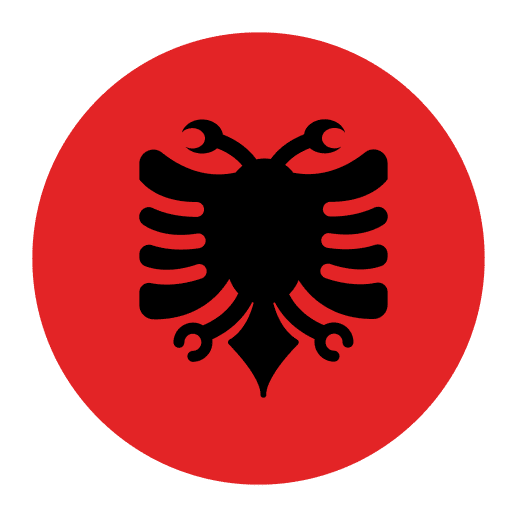Albanian Grammar
Albanian grammar may seem challenging at first, but its unique features make learning the language a rewarding experience. By exploring its alphabet, mutations, and grammar rules, you’ll gain insight into a rich linguistic tradition. Start your journey and discover the beauty of Albanian!
Get started
The most efficient way to learn a language
Try Talkpal for freeNavigating the Intricacies of Albanian Grammar
Albanian, an Indo European language with a distinct branch and deep cultural roots, offers a rewarding journey for learners drawn to its unique grammar and sound system. As you explore Albanian, you will expand your linguistic toolkit while connecting with the culture of Albania and the wider Albanian speaking world. Albanian grammar can look complex at first, but breaking it into core parts makes progress straightforward. Below is a focused guide to the essentials, with tips to help you master them.
1. Albanian alphabet and phonetics
The Albanian alphabet has 36 letters, including several that are written as digraphs but count as single letters, such as dh, gj, ll, nj, rr, sh, th, xh, zh. It also uses ç and ë, and the vowel y represents a close front rounded sound. The contrast between r and rr is meaningful, and q and gj are palatal stops distinct from k and g. Getting comfortable with these sounds and letters through reading aloud and listening practice is a key first step.
2. Definite Articles and Linkers: A Distinctive Albanian Feature
A hallmark of Albanian is the suffixed definite article, which attaches to nouns and varies by gender and number. Another notable feature is the linking particle in the noun phrase, typically i or e in the indefinite and të or së in definite and case contexts, used before adjectives and some modifiers. Understanding when and how definiteness and the linker appear is vital for accurate communication in Albanian.
3. Nouns and Pronouns: Gender and Cases
Albanian nouns have grammatical gender (masculine or feminine) and follow different plural formation patterns. The language marks case relationships in the noun phrase, traditionally five cases in the standard language. Pronouns include personal, possessive, reflexive, demonstrative, and interrogative forms, as well as object clitics that attach to the verb. Becoming familiar with these pronouns and their placement will significantly enhance your grasp of Albanian grammar.
4. Verbs: Structure and Conjugation
Albanian verbs follow a distinct structure and conjugation pattern depending on tense, mood, and person. Essential tenses include the present, simple past, imperfect, and compound perfect, along with future formed with do të plus the subjunctive. Albanian also makes extensive use of the subjunctive, and includes conditional and imperative moods. Learning the conjugation rules for common verbs will improve your ability to communicate effectively in Albanian.
5. Adjectives: Agreement and Placement
In Albanian grammar, adjectives typically follow the noun they modify and agree via a linking particle that shows gender and number. Some adjectives have irregular comparative and superlative patterns, and comparatives often use më plus the adjective, while superlatives add the agreeing article. Mastering agreement and placement helps you sound natural.
Examples:
– dashuri e madhe (big love)
– fëmijë të vegjël (little children)
6. Engaging with the Language
The most effective way to fully understand and internalize Albanian grammar is to consistently engage with the language. By reading Albanian literature, watching Albanian films or television series, following news and podcasts, and actively communicating with native speakers, you will reinforce your understanding of grammar while expanding your vocabulary.
Conclusion
Although Albanian grammar may seem intricate, you can become proficient in this beautiful language with dedication, practice, and enthusiasm. By focusing on the fundamental rules and engaging with the language across different contexts, you will rapidly enhance your Albanian grammar skills. Suksese with your Albanian language journey, and enjoy unraveling the expressive and captivating world of Albanian grammar.








